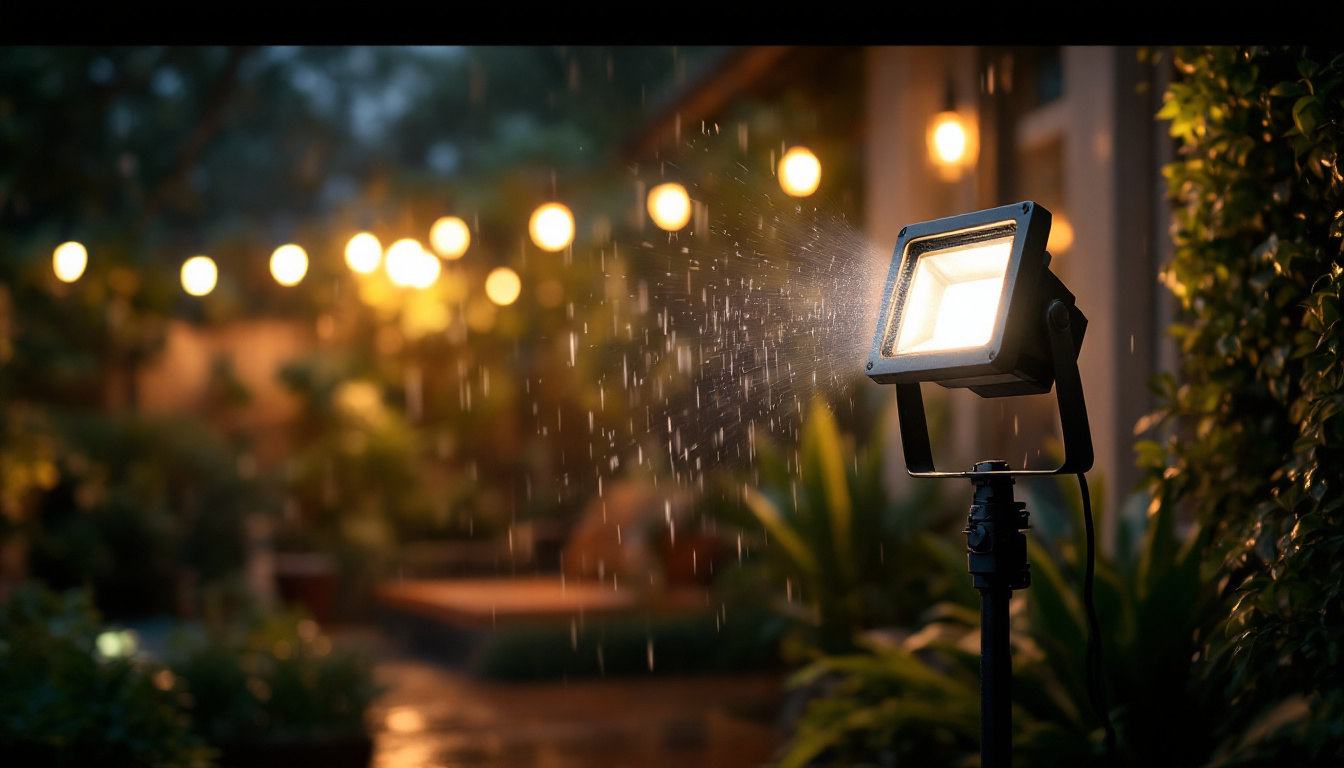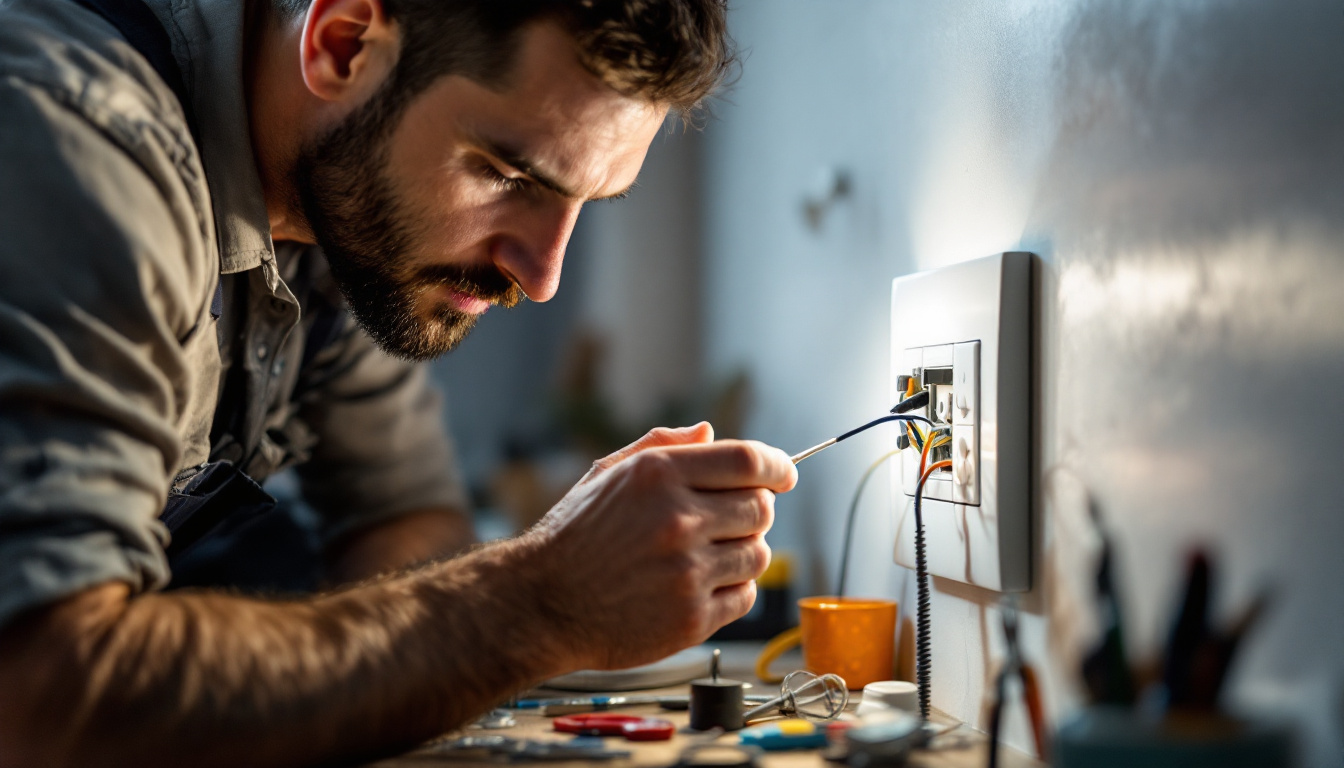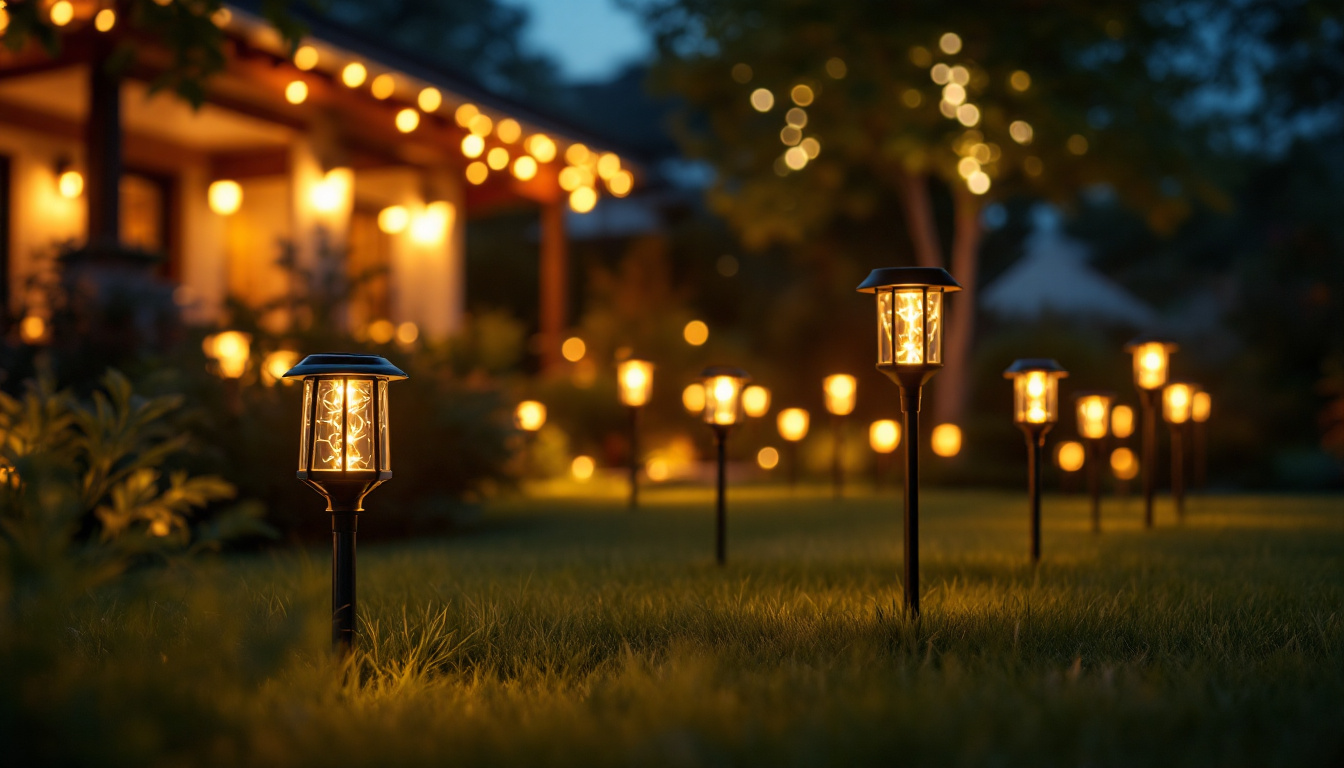

In the realm of outdoor lighting, waterproof flood lights are essential for ensuring safety, security, and aesthetic appeal. For lighting contractors, understanding the intricacies of selecting, installing, and maintaining these fixtures is crucial. This article delves into the do’s and don’ts of working with waterproof outdoor flood lights, providing valuable insights that can enhance project outcomes and client satisfaction.
Waterproof flood lights are designed to withstand harsh weather conditions, making them ideal for outdoor applications. Their durability ensures that they continue to function effectively, regardless of rain, snow, or extreme temperatures. For contractors, choosing the right waterproof fixtures can significantly impact the longevity and performance of the lighting systems installed. Additionally, these lights are often rated with an IP (Ingress Protection) rating, which indicates their resistance to dust and moisture, providing peace of mind for both contractors and clients alike.
These lights serve multiple purposes, from illuminating pathways and driveways to enhancing the security of commercial properties. Their versatility allows contractors to recommend solutions tailored to specific client needs, whether for residential, commercial, or industrial settings. For instance, in a residential area, waterproof flood lights can be strategically placed to highlight landscaping features, while in a commercial environment, they can be utilized to illuminate parking lots and building exteriors, deterring potential intruders. Furthermore, many models come with adjustable brightness settings and motion sensors, adding an extra layer of convenience and efficiency.
Modern waterproof flood lights often come equipped with LED technology, which is not only energy-efficient but also has a longer lifespan compared to traditional lighting options. This translates to lower energy bills for clients and reduced maintenance costs for contractors, making it a win-win situation. Moreover, the low heat emission of LED lights means that they are less likely to overheat, further extending their operational life and ensuring safety in outdoor environments. As sustainability becomes a priority for many businesses and homeowners, the adoption of energy-efficient lighting solutions like these is increasingly seen as a responsible choice that aligns with eco-friendly practices.
When it comes to working with waterproof outdoor flood lights, there are several best practices that lighting contractors should follow to ensure successful installations and satisfied clients.
Before selecting flood lights, it’s essential to assess the installation environment. Consider factors such as the location’s climate, the presence of moisture, and potential exposure to harsh elements. Understanding these variables will guide the selection of appropriate fixtures that can withstand specific conditions.
For example, coastal areas may require lights with higher corrosion resistance due to saltwater exposure, while regions with heavy rainfall necessitate fixtures with superior waterproof ratings. Conducting a thorough site evaluation helps in making informed decisions that enhance the durability of the lighting system.
The Ingress Protection (IP) rating is a crucial factor when selecting waterproof flood lights. It indicates the level of protection against dust and water ingress. For outdoor applications, a minimum IP65 rating is recommended, as it ensures that the fixture is dust-tight and can withstand low-pressure water jets from any direction.
Contractors should familiarize themselves with the various IP ratings and their implications. A higher rating, such as IP67 or IP68, may be necessary for installations in particularly challenging environments, providing added assurance against water damage.
When selecting flood lights, it’s important to consider both the lumen output and the beam spread. Lumens measure the total amount of visible light emitted, while beam spread determines how that light is distributed across an area. For effective outdoor lighting, contractors should aim for a balance that meets the specific needs of the space.
For instance, a wider beam spread may be ideal for illuminating large outdoor areas, while a narrower beam can focus light on specific features, such as architectural elements or landscaping. Understanding these characteristics will allow contractors to create well-lit environments that enhance safety and aesthetics.
While there are many best practices to follow, there are also common pitfalls that lighting contractors should avoid when working with waterproof outdoor flood lights.
Compliance with local codes and regulations is paramount in any lighting installation. Failing to adhere to these guidelines can result in costly fines, project delays, or even safety hazards. Before commencing any installation, contractors should familiarize themselves with local electrical codes, zoning laws, and any specific requirements related to outdoor lighting.
Additionally, it’s essential to consider the environmental impact of outdoor lighting. Many municipalities have restrictions on light pollution, which can affect the types of fixtures used and their placement. Ensuring compliance not only protects the contractor but also enhances the reputation of the business.
Proper installation techniques are critical for ensuring the longevity and effectiveness of waterproof flood lights. Contractors should avoid rushing through the installation process, as this can lead to mistakes that compromise the integrity of the fixtures. Key considerations include ensuring secure mounting, proper wiring, and adequate sealing to prevent water ingress.
It’s also advisable to follow the manufacturer’s installation guidelines meticulously. These guidelines provide valuable information on optimal placement, wiring connections, and maintenance recommendations, all of which contribute to the successful operation of the lighting system.
Even the most durable waterproof flood lights require maintenance to ensure optimal performance. Contractors should educate clients about the importance of regular inspections and upkeep. This includes checking for signs of wear, cleaning fixtures to remove dirt and debris, and replacing any damaged components promptly.
Establishing a maintenance schedule can help prolong the life of the lighting system and prevent unexpected failures. By emphasizing the importance of maintenance, contractors can foster long-term relationships with clients and enhance their overall satisfaction.
To ensure that waterproof outdoor flood lights perform effectively, contractors should adhere to several best practices during the installation process.
Placement is a critical factor in maximizing the effectiveness of flood lights. Contractors should consider the intended purpose of the lighting, whether it be for security, visibility, or aesthetic enhancement. Strategic placement can help eliminate dark spots and improve overall illumination.
For security purposes, flood lights should be positioned to cover entry points, driveways, and any areas that may be vulnerable to intruders. On the other hand, for aesthetic purposes, lights can be used to highlight landscaping features or architectural details. Taking the time to plan the layout will yield better results.
Using high-quality mounting hardware is essential for ensuring that flood lights remain securely in place. Inadequate mounting can lead to fixture failure, especially in adverse weather conditions. Contractors should select hardware designed for outdoor use, capable of withstanding wind, rain, and other environmental factors.
Additionally, using adjustable mounts can provide flexibility in directing the light where it is needed most. This adaptability allows for adjustments post-installation, ensuring that the lighting remains effective as the environment changes over time.
Before completing the project, it’s crucial to test the lighting system thoroughly. This includes checking the functionality of each fixture, ensuring proper brightness levels, and verifying that all connections are secure. Testing allows contractors to identify and address any issues before handing over the project to the client.
Encouraging clients to participate in the testing process can also enhance their satisfaction. By allowing them to see the results firsthand, contractors can build trust and demonstrate their commitment to quality work.
The landscape of outdoor lighting is continually evolving, with new technologies and trends emerging regularly. Staying informed about these developments can give contractors a competitive edge in the marketplace.
Smart lighting technology is gaining traction in outdoor applications. These systems allow for remote control and automation, enabling users to adjust lighting levels, set schedules, and even integrate with security systems. Contractors who offer smart lighting solutions can appeal to tech-savvy clients and enhance the functionality of their installations.
Moreover, smart lighting can contribute to energy savings by allowing users to optimize their lighting usage based on real-time needs. This feature not only benefits clients but also aligns with the growing demand for sustainable solutions in the industry.
Solar-powered flood lights are becoming increasingly popular due to their eco-friendly nature and ease of installation. These fixtures harness solar energy to operate, reducing reliance on traditional power sources and lowering energy costs for clients. Contractors should consider incorporating solar options into their offerings, particularly for areas where access to electricity may be limited.
While solar-powered lights may have limitations in terms of brightness and runtime compared to traditional options, advancements in technology are continually improving their performance. Educating clients about the benefits and limitations of solar lighting can help them make informed decisions that suit their specific needs.
Waterproof outdoor flood lights are an essential component of effective outdoor lighting solutions. By understanding the do’s and don’ts of working with these fixtures, lighting contractors can enhance their installations, improve client satisfaction, and position themselves as industry leaders.
From assessing environmental conditions to adhering to local regulations and employing best practices during installation, each step contributes to the overall success of a project. As the industry evolves, staying informed about emerging trends and technologies will further empower contractors to deliver innovative and efficient lighting solutions.
Ultimately, the right approach to waterproof outdoor flood lights can transform spaces, enhance safety, and create inviting environments for clients and their guests. By prioritizing quality, compliance, and maintenance, contractors can ensure that their lighting installations stand the test of time.
Ready to elevate your lighting installations with the highest quality waterproof outdoor flood lights? At LumenWholesale, we provide lighting contractors with spec-grade lighting products that combine durability, efficiency, and affordability. Say goodbye to local distributor markups and hello to our unbeatable wholesale prices, comprehensive selection, and the convenience of free shipping on bulk orders. Transform your outdoor lighting projects and delight your clients with the exceptional value and performance of LumenWholesale products. Wholesale Lighting at the Best Value is just a click away.

Discover how choosing between LED and fluorescent lighting can give contractors a competitive edge in winning bids.

Discover the frequent pitfalls lighting contractors encounter when installing lamp timer switches.

Discover essential insights into can lights that every lighting contractor should know.

Discover the essential insights lighting contractors need to know about solar yard lights.
Get notified when NEW deals are released.
Optimize your budget with wholesale discounts.
Only top-quality, specification-grade lighting products.
No additional costs at checkout - what you see is what you pay.
We understand the unique needs of contractors.